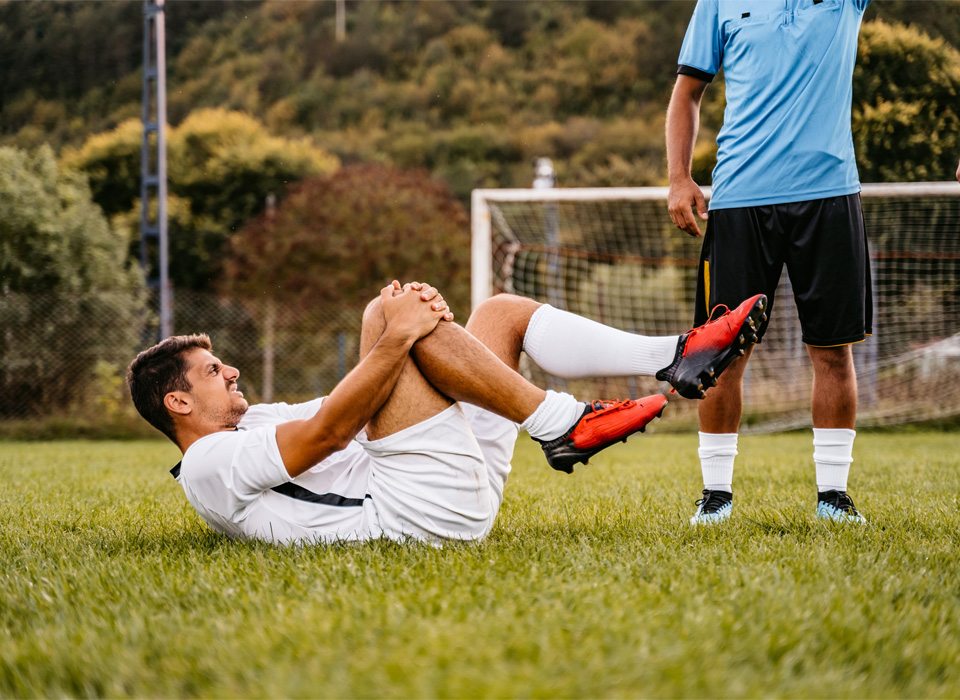It is fair to say that ACL injuries have reached epidemic numbers, with an estimated 350,000 ACL reconstructions performed in the United States each year. The primary group affected is adolescent females who participate in sports that involve jumping and cutting – soccer, volleyball, basketball and lacrosse – to name a few. Eighty percent of the injuries sustained by this group are non-contact injuries, meaning that the mechanisms of the injury are changeable. Overall, female athletes are up to 9x more likely than males to sustain a non-contact ACL tear.
These numbers are staggering, but perhaps not as staggering as the financial costs of an ACL reconstruction, an estimated $17,000 – $25,000 per injury. And that is not to say anything of the intangible negative impacts these injuries have on the athletes: loss of an entire sports season, decreased scholarship funding, lowered academic performance and long-term disability. So what is causing this injury in such high numbers, and more importantly, is there anything we can do to fix it?
While there are many anatomical and biological factors that can increase the risk of ACL injury for adolescent female athletes, let’s focus on two of the most prominent – and more importantly, changeable – characteristics that these athletes share: Quadriceps dominance and Lower Body Asymmetries.
Quadriceps Dominance
Research shows us that females generally favor the use of the quadriceps, the muscle in the front of the thigh, as opposed to the hamstrings when creating dynamic stability at the knee with activities such as landing from a jump or cutting on the sports field. The problem with this is that the attachment of the quadriceps and the action of the muscle directly increases the movement of the lower leg bone (tibia) on the upper leg bone (femur), the exact movement that the ACL is preventing! The hamstrings, in contrast, help to pull the tibia backwards, decreasing stress on the ACL with those activities. Unfortunately, female athletes tend to over use the quadriceps and underuse the hamstrings. This is due to a combination of motor control and strength deficits. The good news: both of these can be addressed with training.
Lower Body Asymmetries
Also referred to as “leg dominance” by some authors, lower body asymmetries are differences seen between males and females where the female tends to favor a single leg as her dominant leg, particularly with activities such as landing from a jump and cutting. Often times, when a female tears her ACL in a non-contact situation, most if not all of her weight is on a single leg. While it is normal for athletes to generally have a preferred leg to plant, drive or kick with, differences in lower body muscle recruitment patterns, strength and flexibility are generally greater in females when compared to males.
So now we know some of the most prevalent characteristics that contribute to ACL injuries among adolescent female athletes, but can we do anything about it? The answer, fortunately, is yes! Many training programs exist where the primary goal is to reduce the risk of ACL injury. Studies show that female athletes can get as much as a 52% decrease in risk of sustaining and ACL injury when participating in these programs. There are three vital exercise components that a program needs to maximize decrease in injury risk: plyometrics, strength training and neuromuscular training.
Plyometric training (aka Jump Training) helps female athletes develop lower body power needed for sports performance, but more importantly helps train the athletes on proper jumping and landing technique. As plyometric training is inherently intense compared to other types of training, the athletes are also able to practice maintaining proper mechanics and techniques while in a fatigued state – similar to their state at the end of the game. Plyometric training has been shown to have a significant impact in reducing the athlete’s risk of sustaining ACL injury.
Strength training can help to address strength imbalances that exist between the quadriceps and the hamstrings, but also side to side differences in the individual legs. Exercises that focus on improving eccentric hamstring strength, the lengthening of the muscle under load, can help the athlete get a more desirable quad to hamstring strength ratio that decreases the risk of ACL injury.
Neuromuscular training is used during all exercise types, but primarily focuses on improving muscle firing patterns to increase dynamic stability of the knee joints. This can come in the form of balance training, single leg stability exercise, plyometrics and agility drills.
When these three components are present in an injury prevention training program, the athlete is likely to see a dramatic decrease in risk of injury. While it will never be possible to completely eliminate the risk of injury when playing sports like soccer, basketball, volleyball and lacrosse, it is important to consider all of the possible ways to reduce that risk as much as possible. We must continue to make every effort to continue to reduce the risk of injury, and seeking out these programs is the first step.
